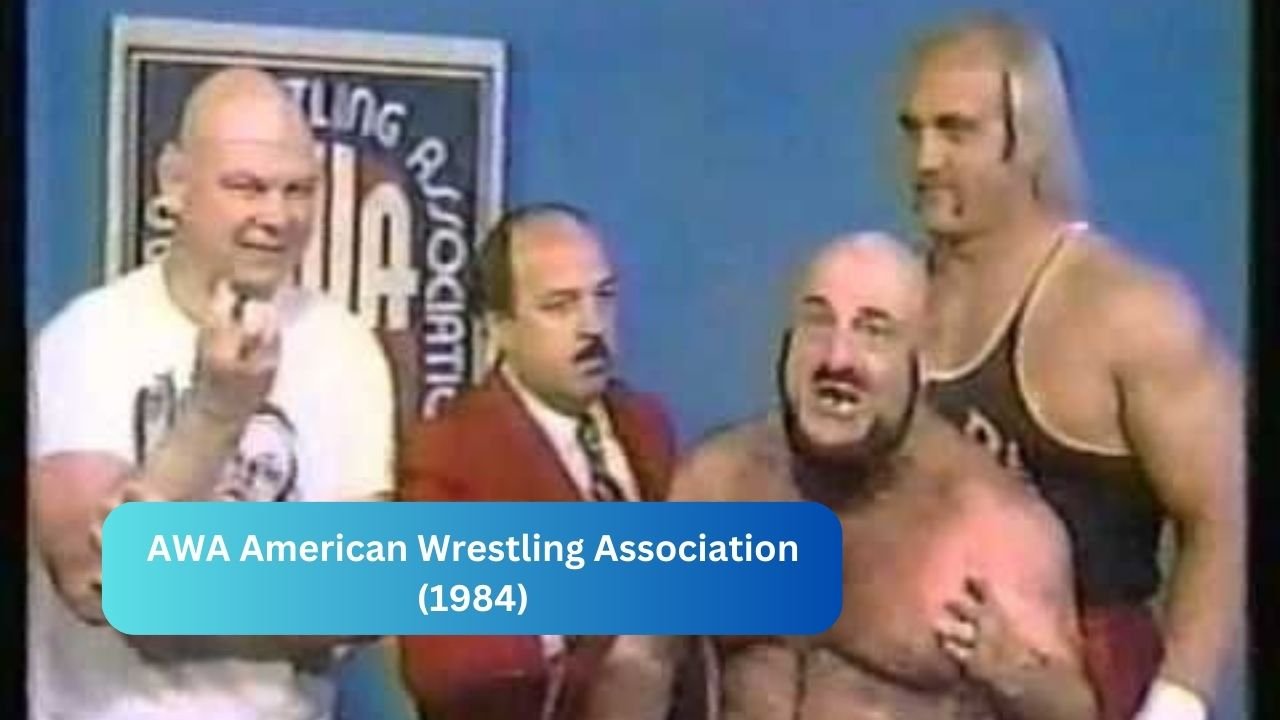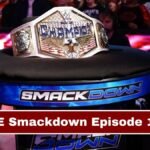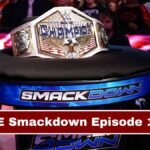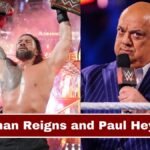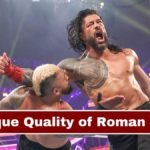The American Wrestling Association (AWA), one of the most iconic wrestling promotions in history, was founded by Verne Gagne in 1960. For over three decades, the AWA played a pivotal role in shaping the landscape of professional wrestling, and 1984 was a landmark year in its history. During this period, the AWA was at a crossroads, balancing its traditional approach to wrestling while dealing with increasing competition from the rapidly expanding World Wrestling Federation (WWF).
In 1984, the wrestling world experienced a significant shift, with promotions striving to adapt to the changing dynamics of the sport. For the AWA, this year was marked by major events, emerging stars, and the beginning of some internal struggles that would affect its future.
AWA’s Dominance in the Early ’80s
Throughout the late 1970s and early 1980s, the AWA was one of the most respected wrestling promotions in North America. It boasted some of the greatest talents in professional wrestling, including Nick Bockwinkel, who held the AWA World Heavyweight Championship on several occasions. The promotion was known for its strong technical wrestling and story-driven feuds, which resonated with fans.
In 1984, the AWA was still recognized as a major player in the wrestling industry. The promotion held regular events in key markets, particularly in the Midwest, where it had a loyal following. However, the wrestling business was evolving, and the AWA faced increasing challenges, primarily from the WWF.
Rising Competition from the WWF
1984 marked the year when the WWF, under Vince McMahon’s leadership, began aggressively expanding its reach by acquiring talent from rival promotions. This strategy posed a direct threat to the AWA’s roster. McMahon’s vision of taking professional wrestling nationwide (and eventually global) involved raiding talent from smaller promotions like the AWA.
One of the biggest blows to the AWA came when Hulk Hogan, who had become a major star in the promotion, left to join the WWF in 1983. By 1984, Hogan was a global sensation, and his departure from the AWA was a major loss. Hogan had been a fan favorite in the AWA, and his charismatic persona was a perfect fit for the WWF’s entertainment-focused style of wrestling.
In addition to Hogan, other top talents like “Mean” Gene Okerlund and Jesse “The Body” Ventura followed suit, joining the WWF in 1984. The exodus of talent left the AWA in a challenging position, as it struggled to compete with the WWF’s massive production values and nationwide reach.
The Impact of Cable Television
Another factor that shaped the AWA’s fortunes in 1984 was the rise of cable television. While the AWA had long been a regional promotion with syndicated television deals, the WWF’s dominance on national cable, particularly on networks like USA Network, allowed it to reach millions of viewers across the country. This exposure helped the WWF gain a larger fan base, while the AWA struggled to keep up with its regional syndication model.
The AWA’s primary television program, “All-Star Wrestling,” aired in several markets, but it could not match the national exposure that the WWF enjoyed. As a result, the AWA found it increasingly difficult to compete for the attention of a broader audience, especially younger fans who were drawn to the WWF’s flashy presentation and larger-than-life characters.
New Stars and Established Veterans
Despite the challenges in 1984, the AWA continued to showcase a talented roster. Nick Bockwinkel remained a dominant figure in the promotion, holding the AWA World Heavyweight Championship. His technical prowess and ability to tell compelling stories in the ring kept him at the forefront of the promotion’s major events.
In addition to Bockwinkel, young stars like Curt Hennig (later known as “Mr. Perfect”) began to emerge in the AWA. Hennig’s potential was evident, and he quickly became one of the promotion’s top performers, eventually following in his father Larry “The Axe” Hennig’s footsteps.
Veteran stars like Jerry “The King” Lawler, Baron Von Raschke, and Larry Zbyszko also contributed to the AWA’s roster in 1984, helping to maintain the promotion’s legacy as a home for traditional wrestling. However, the promotion’s reliance on older talent, combined with the loss of marquee names to the WWF, made it difficult for the AWA to appeal to new fans.
The Beginning of the Decline
While 1984 was not the final chapter in the AWA’s history, it marked the beginning of its decline. The promotion would continue to operate throughout the remainder of the 1980s, but it faced increasing financial struggles and talent losses. The rise of pay-per-view wrestling events, spearheaded by the WWF, further marginalized the AWA, which remained committed to its regional approach.
Despite these challenges, the AWA’s influence on professional wrestling remained undeniable. Many of its stars, including Hulk Hogan, Curt Hennig, and Scott Hall, went on to become major figures in the industry. The AWA’s emphasis on in-ring storytelling, combined with its promotion of technical wrestling, left a lasting impact on the sport.
Conclusion
1984 was a year of both promise and peril for the AWA. While the promotion still had a strong roster and a devoted fan base, the loss of key talent to the WWF and the challenges posed by cable television made it increasingly difficult to compete. Although the AWA would continue for several more years, the events of 1984 foreshadowed the eventual end of an era for one of professional wrestling’s most important promotions.
